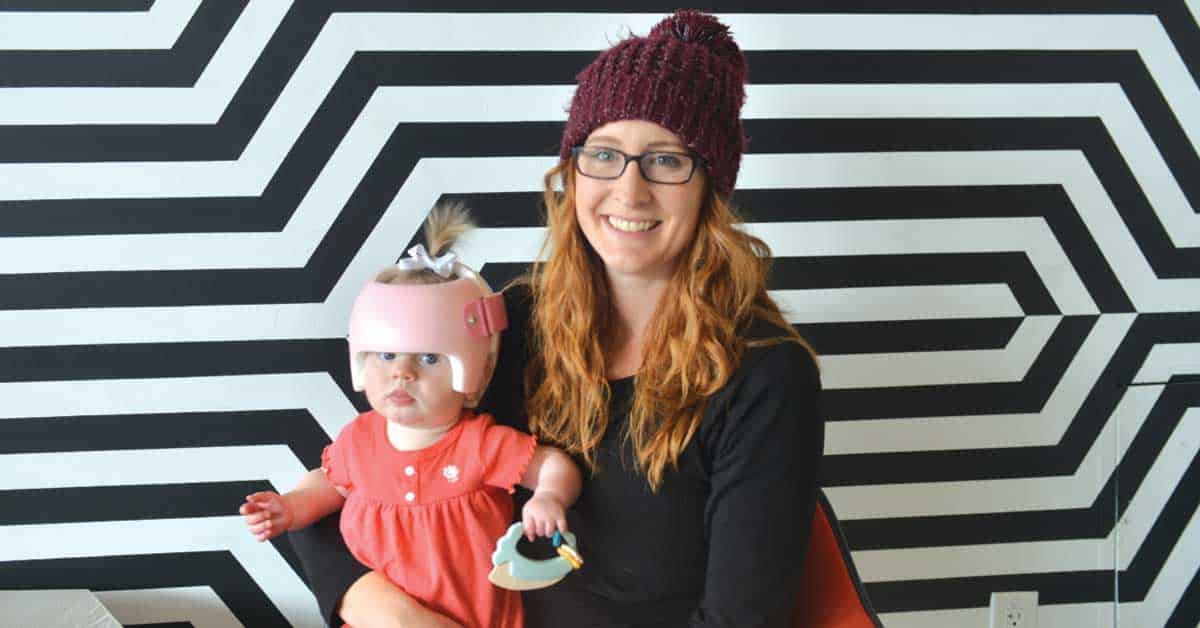;
;
;
Next Article
Maryhill Historical Society

When Amber McLachlin became pregnant, her previous frustrations with the healthcare system led her to seek alternative forms of care for the pregnancy and delivery. “I’ve never liked hospitals. So at the time, when I found out that I was pregnant, I started listening to a lot of podcasts about preg
Last updated on May 03, 23
Posted on Mar 03, 23
4 min read
